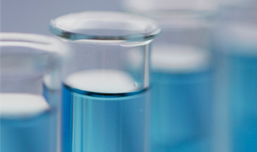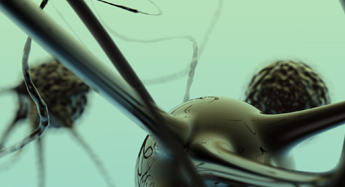The patentability of stem cells
Stem cells at the EU level - the Brüstle ruling
On October 18, 2011, the Court of Justice of the European Union (CJEU), following a referral by the German Federal Supreme Court, decided in the case of Brüstle v Greenpeace that the patentability of a process which involves removal of a stem cell from a human embryo at the end of the blastocyst stage, entailing the destruction of that embryo, cannot be patented (case C 34/10).
The consequecnes of the CJEU decision are:
- The term “human embryo” is given a broad meaning and applies from the fertilisation stage to the initial stem cells and to the entire subsequent process of development of the human body.
- Inventions concerning stem cells would only be patentable if the embryos are not affected or destroyed.
- The patentability of inventions for therapeutic or diagnostic purposes is not prohibited under the Directive 98/44/EC (the “Biotechnology Directive”).
- Scientific research on stem cells is unaffected by the above, but circumstances may require that any invention derived from the research cannot be patented.
Please see the case report for a detailed analysis of this decision.
On November 27, 2012 the German Federal Supreme Court applied the above CJEU ruling (docket number X ZR 58/07). This Federal Supreme Court decision is the most important European national decision relating to the patentability of stem cells to apply the CJEU ruling.
Applying Brüstle in a national court
Applying the principles set out by the CJEU, the Federal Supreme Court refused to grant patent protection, insofar as precursor cells of human embryonic stem cells are concerned, if their production entailed the destruction of an embryo.
Nonetheless, the Federal Supreme Court granted patent protection for Brüstle’s auxiliary request covering human embryonic stem cells that are derived by applying different methods that do not lead to the destruction of the embryo.
The auxiliary request added the feature “whereby no isolated purified precursor cells of human embryonic stem cells are used when embryos have been destroyed for their production” in claim 1 and “whereby no human embryonic stem cells are used when embryos have been destroyed for their production” in claims 12 and 16.
 The Federal Supreme Court considered it as sufficient that there are methods to derive human embryonic stem cells without destroying the embryo. In the patent specification, it is mentioned that one such non-destructive source of embryonic stem cells is from embryonic germ cells. Therefore, such cells are to be considered as “embryonic stem cells” in the sense of the patent.
The Federal Supreme Court considered it as sufficient that there are methods to derive human embryonic stem cells without destroying the embryo. In the patent specification, it is mentioned that one such non-destructive source of embryonic stem cells is from embryonic germ cells. Therefore, such cells are to be considered as “embryonic stem cells” in the sense of the patent.
Based on the auxiliary request, the Federal Supreme Court found that there is a sufficient disclosure of an invention that is capable of industrial application. The use of embryonic stem cells for the patented method is part of the solution of the technical problem. The way in which the embryonic stem cells are produced is only relevant with regard to the exclusion from patentability according to Article 6 paragraph 2 of Directive 98/44/EC (the “Biotechnology Directive”). Hence, any method for producing embryonic stem cells outside the scope of application of this exclusion belongs to the contribution of the patent to the state of the art.
The auxiliary request does not fall under this exclusion because:
- firstly, the patent owner has sufficiently demonstrated that it is possible to produce human embryonic stem cells without destroying embryos; and
- secondly, the use of human embryonic stem cells as such was not considered as a use of embryos in the sense of the Biotechnology Directive. Stem cells do not have the ability to initiate the process of developing a human being. The fact that they could be put in such a state in combination with specific other cells and that they could in such state become able to develop into a human being, is not sufficient to already consider them as embryos prior to such treatment.
As the leading national application of the Brüstle ruling, most patent offices and courts of other European Member States can be expected to pay close attention to the German Federal Supreme Court judgment, as well as that of the CJEU, when resolving patentability issues in the area of stem cells.
If you have any questions on this article or would like to propose a subject to be addressed by Synapse please contact us.


Christoph de Coster
Christoph is a partner and Head of Patents (Germany) based in our Munich office.

"The Federal Supreme Court considered it as sufficient that there are methods to derive human embryonic stem cells without destroying the embryo."

